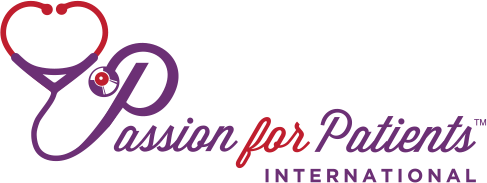Once there was a time when people took great care in what they wore when they went out. Men and women selected from their business wardrobe to dress for work. Candidates for elected office dressed in suits, ties, and up-scale attire. Airline passengers dressed up for their flights.
Over the years, America has become more and more utilitarian. Elected officials are often seen wearing business suits with no tie. TSA searches have resulted in airline passengers nearly disrobing to make it through security for their flights. And casual Friday has expanded in many offices to five days a week.
Proper customer service used to mean “service with a smile” and “the customer is always right”. Whether in a retail setting or restaurant, face-to-face interactions were the norm. Now, lunch often comes from a machine as restaurant customers punch their orders into a kiosk. Airline passengers now print their own boarding passes at home and are greeted by a kiosk to check their bags at the airport. In many cases, efficiency and technology are considered partners and go hand-in-hand.
Typically, quick service equals good service, whether it comes with a smile or not. “You’re welcome” has been replaced with “No problem. What passes for good customer service today is significantly less than the level of customer service of yesteryear.
No matter what medical and technological advances we see, the healthcare profession will always require an element of “high touch”. And while patients seek this high touch care through concierge practices or by switching to a practice where the experience is more acceptable, ironically, personal touch is being pushed out of many aspects of American culture.
Healthcare providers however, don’t serve customers.
They care for patients.
The nature of the business to be conducted between a patient and nearly every employee in a medical practice mandates a much higher level of service.
At the grocery store check out, the comfortable distance between staff and customer is acceptable and even expected; the conversation will likely be casual and even mundane. But in the healthcare environment, entering a patient’s personal space is so necessary that for some, it has become routine. And the conversations often include intimate, even embarrassing matters. The relationship between a healthcare provider and a patient requires a much more sensitive level of service than what is expected when buying a pair of jeans at the department store. It requires care. Conducting business with a patient who may have to disrobe to be examined, or who may be asked about very sensitive medical issues means providers must be skilled in techniques that lower the anxiety level of the patient. Advanced verbal and nonverbal communication skills, and a keen sense of how to use personal space as a tool are required in order for a provider to be the provider of choice. There is no room for simple customer service.
Passion for Patients™ provides training in all areas of Medical Etiquette including these “high touch” skills so an exceptional experience is available to every patient, every time. Go to www.passionforpatients.net to learn more.


